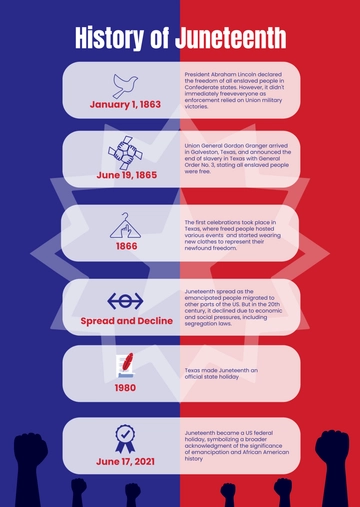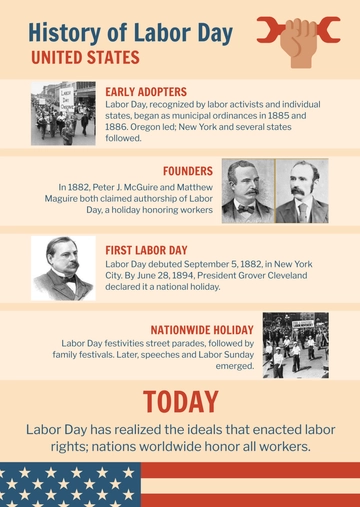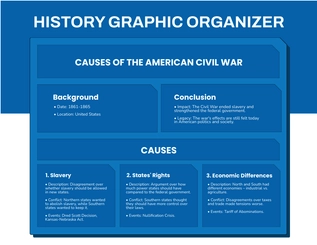Marbury v. Madison Case Brief
I. Case Overview
In Marbury v. Madison, [PLAINTIFF'S NAME] sought a writ of mandamus from the United States Supreme Court compelling [DEFENDANT'S NAME], to deliver his commission as a justice of the peace. The crux of the case rested on whether the Supreme Court had the authority to issue such a writ, as outlined in Section [SECTION NUMBER] of the Judiciary Act of [YEAR].
The central issue before the Court was twofold: first, whether Marbury was entitled to his commission; and second, whether the Judiciary Act of [YEAR] violated the Constitution by granting the Supreme Court original jurisdiction over such writs.
II. Facts
Appointment of William Marbury: William Marbury was appointed as a justice of the peace for the District of [DISTRICT NAME] on [DATE].
Non-Delivery of Commission: Despite Marbury's appointment, his commission was not delivered by the new Secretary of State, [STATE SECRETARY'S NAME].
Legal Action: Marbury petitioned the Supreme Court for a writ of mandamus to compel the delivery of his commission, invoking the original jurisdiction of the Court as provided in the Judiciary Act of [YEAR].
III. Legal Arguments
A. Plaintiff's Argument
Marbury argued that his commission was valid upon its signing by the President and that failure to deliver it was a violation of his rights.
He contended that the Court had the authority to issue a writ of mandamus under Section [SECTION NUMBER] of the Judiciary Act of [YEAR].
B. Defendant's Argument
The defendant, represented by [DEFENDING ATTORNEY'S NAME], argued that Marbury's commission was invalid.
Furthermore, they contended that Section [SECTION NUMBER] of the Judiciary Act of [YEAR] was unconstitutional as it expanded the Court's original jurisdiction beyond what was outlined in Article III of the Constitution.
IV. Precedent and Legal Significance
The decision in Marbury v. Madison established several important legal principles that continue to shape American jurisprudence:
Doctrine of Judicial Review: The Chief Justice's opinion asserted the Court's authority to review the constitutionality of laws passed by Congress and to invalidate them if found to be in conflict with the Constitution. This laid the foundation for the principle of judicial review, which remains a cornerstone of American constitutional law.
Separation of Powers: The case underscored the importance of the separation of powers among the three branches of government. By declaring a provision of the Judiciary Act of [YEAR] unconstitutional, the Court reaffirmed its role as the final arbiter of the Constitution and ensured that neither Congress nor the Executive could overstep their constitutional bounds.
Supreme Court's Authority: Marbury v. Madison solidified the Supreme Court's position as the ultimate interpreter of the Constitution. The decision elevated the Court to a coequal branch of government and established its authority to settle disputes regarding the Constitution's meaning and application.
V. Legacy and Impact
The legacy of Marbury v. Madison extends far beyond its immediate facts and parties involved. The case has had a profound and lasting impact on American constitutional law and the structure of government:
Judicial Activism vs. Restraint: The case sparked debates over the proper role of the judiciary, with some advocating for a more active role in policing the boundaries of government power, while others argue for judicial restraint and deference to the political branches.
Expansion of Judicial Power: Marbury v. Madison expanded the power of the judiciary by asserting its authority to nullify acts of Congress deemed unconstitutional. This expansion of judicial power has led to ongoing discussions about the limits of judicial authority and the appropriate balance of power among the branches of government.
Presidential Appointments: The case raised questions about the timing and validity of presidential appointments, particularly during times of transition between administrations. Subsequent cases and legal scholarship have further explored the scope of presidential appointment powers and the role of the Senate in the confirmation process.
VI. Subsequent Developments and Interpretations
Following the Marbury v. Madison decision, subsequent cases and legal scholarship have further shaped the understanding and application of judicial review and constitutional interpretation:
Expanding Scope of Judicial Review: Over time, the Supreme Court has continued to exercise judicial review to evaluate the constitutionality of various laws and government actions. This ongoing process has led to the development of doctrines such as substantive due process, equal protection, and the commerce clause, among others.
Challenges to Judicial Supremacy: Despite the precedent set by Marbury v. Madison, challenges to the Supreme Court's authority to interpret the Constitution have persisted. Debates over the legitimacy of judicial supremacy, the role of stare decisis, and the potential for judicial activism remain topics of contention among legal scholars and practitioners.
Interbranch Conflicts: The case also highlighted the potential for conflicts between the judicial branch and the other branches of government. Subsequent disputes over executive orders, legislative enactments, and presidential appointments have tested the boundaries of judicial authority and led to further exploration of the separation of powers doctrine.
Global Influence: The principles established in Marbury v. Madison have influenced constitutional jurisprudence beyond the borders of the United States. Courts in other countries have looked to the case as a precedent for judicial review and as a model for balancing governmental powers in constitutional democracies.
VII. Practical Implications for Legal Practice
For legal practitioners, understanding the nuances of Marbury v. Madison is essential for navigating constitutional issues and advocating on behalf of clients. Key practical implications include:
Strategic Litigation: Lawyers may strategically invoke principles of judicial review and constitutional interpretation in their legal arguments, particularly in cases involving governmental action or legislation that may infringe upon constitutional rights.
Amicus Curiae Briefs: Attorneys may submit amicus curiae briefs in cases before the Supreme Court to provide additional legal analysis and perspectives on the application of constitutional principles. Such briefs can influence the Court's decision-making process and shape the development of constitutional law.
Legal Education and Scholarship: Marbury v. Madison continues to be a focal point of legal education and scholarship, serving as a case study for examining fundamental concepts of constitutional law, separation of powers, and the role of the judiciary in American democracy.
By engaging with the complexities and implications of Marbury v. Madison, legal practitioners can effectively navigate constitutional challenges and uphold the principles of justice and the rule of law.
Case Brief Templates @ Template.net






























